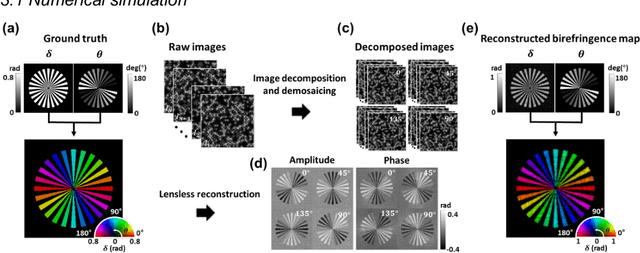Seung Jae Oh
J-Net: Improved U-Net for Terahertz Image Super-Resolution
Dec 04, 2023Abstract:Terahertz (THz) waves are electromagnetic waves in the 0.1 to 10 THz frequency range, and THz imaging is utilized in a range of applications, including security inspections, biomedical fields, and the non-destructive examination of materials. However, THz images have low resolution due to the long wavelength of THz waves. Therefore, improving the resolution of THz images is one of the current hot research topics. We propose a novel network architecture called J-Net which is improved version of U-Net to solve the THz image super-resolution. It employs the simple baseline blocks which can extract low resolution (LR) image features and learn the mapping of LR images to highresolution (HR) images efficiently. All training was conducted using the DIV2K+Flickr2K dataset, and we employed the peak signal-to-noise ratio (PSNR) for quantitative comparison. In our comparisons with other THz image super-resolution methods, JNet achieved a PSNR of 32.52 dB, surpassing other techniques by more than 1 dB. J-Net also demonstrates superior performance on real THz images compared to other methods. Experiments show that the proposed J-Net achieves better PSNR and visual improvement compared with other THz image super-resolution methods.
Ptychographic lens-less polarization microscopy
Sep 13, 2022



Abstract:Birefringence, an inherent characteristic of optically anisotropic materials, is widely utilized in various imaging applications ranging from material characterizations to clinical diagnosis. Polarized light microscopy enables high-resolution, high-contrast imaging of optically anisotropic specimens, but it is associated with mechanical rotations of polarizer/analyzer and relatively complex optical designs. Here, we present a novel form of polarization-sensitive microscopy capable of birefringence imaging of transparent objects without an optical lens and any moving parts. Our method exploits an optical mask-modulated polarization image sensor and single-input-state LED illumination design to obtain complex and birefringence images of the object via ptychographic phase retrieval. Using a camera with a pixel resolution of 3.45 um, the method achieves birefringence imaging with a half-pitch resolution of 2.46 um over a 59.74 mm^2 field-of-view, which corresponds to a space-bandwidth product of 9.9 megapixels. We demonstrate the high-resolution, large-area birefringence imaging capability of our method by presenting the birefringence images of various anisotropic objects, including a birefringent resolution target, liquid crystal polymer depolarizer, monosodium urate crystal, and excised mouse eye and heart tissues.
 Add to Chrome
Add to Chrome Add to Firefox
Add to Firefox Add to Edge
Add to Edge